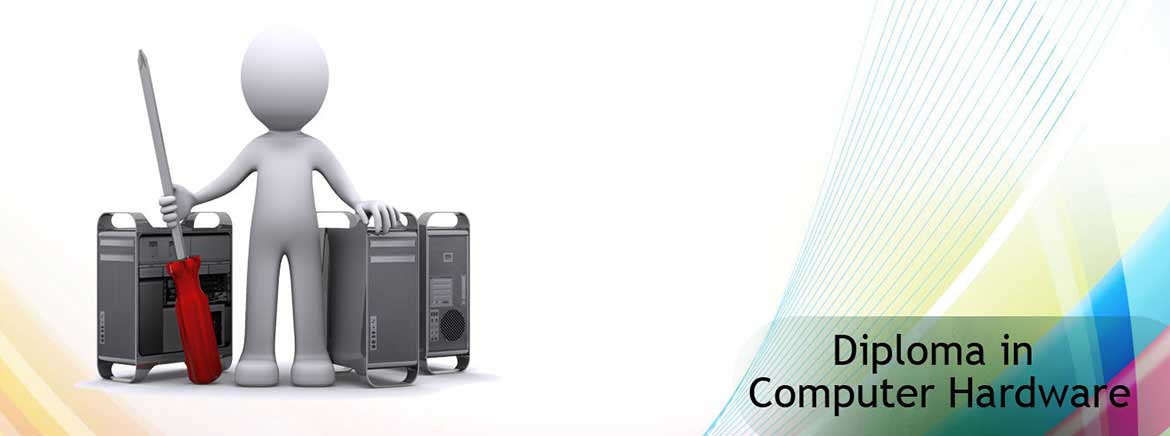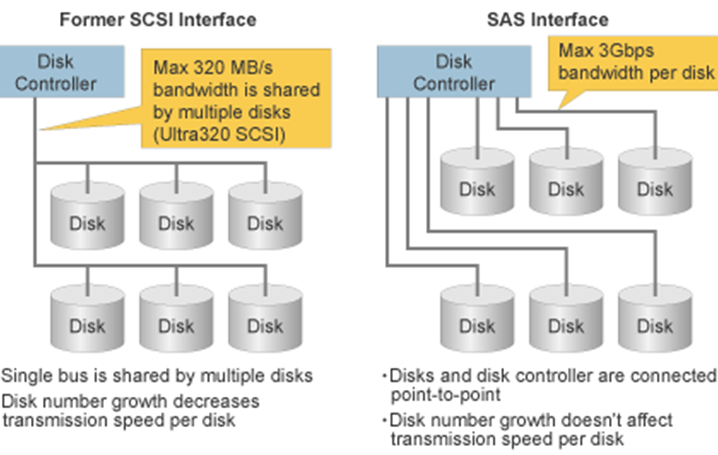 Computer Fundamentals
Computer Fundamentals
 Generation of Computer
Generation of Computer

Diploma in Computer Hardware (DCH) Details
Diploma in Computer hardware is Open to anyone with the Knowledge of English. This hands-on course is our recommended curriculum for those who want to upgrade, repair, maintain and troubleshoot computers. This course covers the full range of IBM and IBM-compatible systems. This is a preliminary course recommended for candidates wish to enter Network and System administration field.
Computer hardware is an intriguing field of computer science, and applicants seeking applications in this field will need to pursue courses in hardware and networking. Candidates can pursue various short-term and long-term courses in this field after passing Class 12.
These courses include various computer, electrical and electronic circuits-related courses. Candidates who follow these courses also learn about the various computer parts and how they work. The course allows them to identify and fix computer-related hardware and network issues and other such devices.
Candidates who have pursued computer hardware and networking courses can take up jobs in various businesses ranging from start-ups to MNCs as all businesses require skilled individuals who can solve technical and network issues within organizations. Jobs are also available in departments of government and institutions of education. Following are some of the jobs that computer hardware experts can seek.
Diploma in Computer Hardware (DCH) Highlights
Basics of Computer
Operating Systems
 MS-DOS Commands
MS-DOS Commands
 Autoexec.bat & Config.sys
Autoexec.bat & Config.sys Working on Windows 98/XP
Working on Windows 98/XP
Memory Management
 Conventional & Extended Memory
Conventional & Extended Memory
 Types of Memory EDO, SDRAM, DDR, RAMBUS
Types of Memory EDO, SDRAM, DDR, RAMBUS
Assembling a PC
 Card and Connector Identification
Card and Connector Identification
 Assembling a Latest PC
Assembling a Latest PC
 Installation of Windows 98/XP
Installation of Windows 98/XP
 Installation of Application Software
Installation of Application Software
Working on Windows 98/XP
 Start Menu
Start Menu
 File Management
File Management
 Configure using Control Panel
Configure using Control Panel
 Adding and Removing the Drivers
Adding and Removing the Drivers
 Intro of MS-Word, Excel & Powerpoint
Intro of MS-Word, Excel & Powerpoint
Digital Electronics
 Start Menu
Start Menu
 The Number System
The Number System
 Gates and Flip-Flop
Gates and Flip-Flop
 Counter and Register
Counter and Register
Microprocessor and Support Chips
 Microprocessor Basics (8088)
Microprocessor Basics (8088)
 Microprocessor Internal Architecture
Microprocessor Internal Architecture
 Bus Architecture (ISA, PCI, AGP etc.)
Bus Architecture (ISA, PCI, AGP etc.)
 Support Chips (8284, 8288, 8237, 8259)
Support Chips (8284, 8288, 8237, 8259)
Advanced Microprocessor
 Intel 80386, 80486, Celeron, P-II, P-III,PIV
Intel 80386, 80486, Celeron, P-II, P-III,PIV
 Non-Intel Processors (Cyrix, AMD)
Non-Intel Processors (Cyrix, AMD)
 Math Co-Processors
Math Co-Processors
 Advanced Motherboard Types
Advanced Motherboard Types
 Magnetic Memory
Magnetic Memory
 Data Encoding Scheme
Data Encoding Scheme FDC and FDD
FDC and FDD HDD Interfaces
HDD Interfaces
 FDISK and FORMAT
FDISK and FORMAT
 HDD Organization
HDD Organization Optical Storage (CD, DVD)
Optical Storage (CD, DVD)
 HDD Interfaces
HDD Interfaces

Virus
 Types of Viruses
Types of Viruses
 Virus Infection and Prevention
Virus Infection and Prevention Virus Scanning using Anti-Virus Software
Virus Scanning using Anti-Virus Software
Parallel and USB Port
 Parallel and USB Port Basics
Parallel and USB Port Basics
 SPP/EPP/ECP
SPP/EPP/ECP Interfacing devices to USB and Parallel Port
Interfacing devices to USB and Parallel Port
Printers
 How Dot-Matrix, Inkjet & Laser Printer works
How Dot-Matrix, Inkjet & Laser Printer works
 Loading the Drivers and enable print sharing
Loading the Drivers and enable print sharing
Serial Port and Modem
 Serial Port RS-232 Signals
Serial Port RS-232 Signals
 Internal and External Modem
Internal and External Modem Configuring Modem for Internet connection
Configuring Modem for Internet connection
Laptop
 How Laptops are like Desktop
How Laptops are like Desktop
 How Laptops are different from Desktop
How Laptops are different from Desktop Docking Connecto
Docking Connecto
Troubleshooting
 CMOS Setting
CMOS Setting
 Operating System Troubleshooting
Operating System Troubleshooting Hardware Troubleshooting
Hardware Troubleshooting

